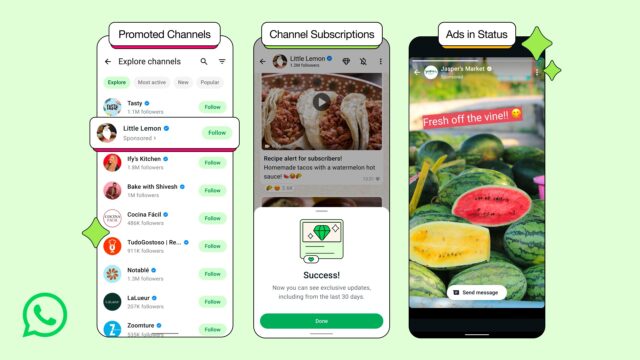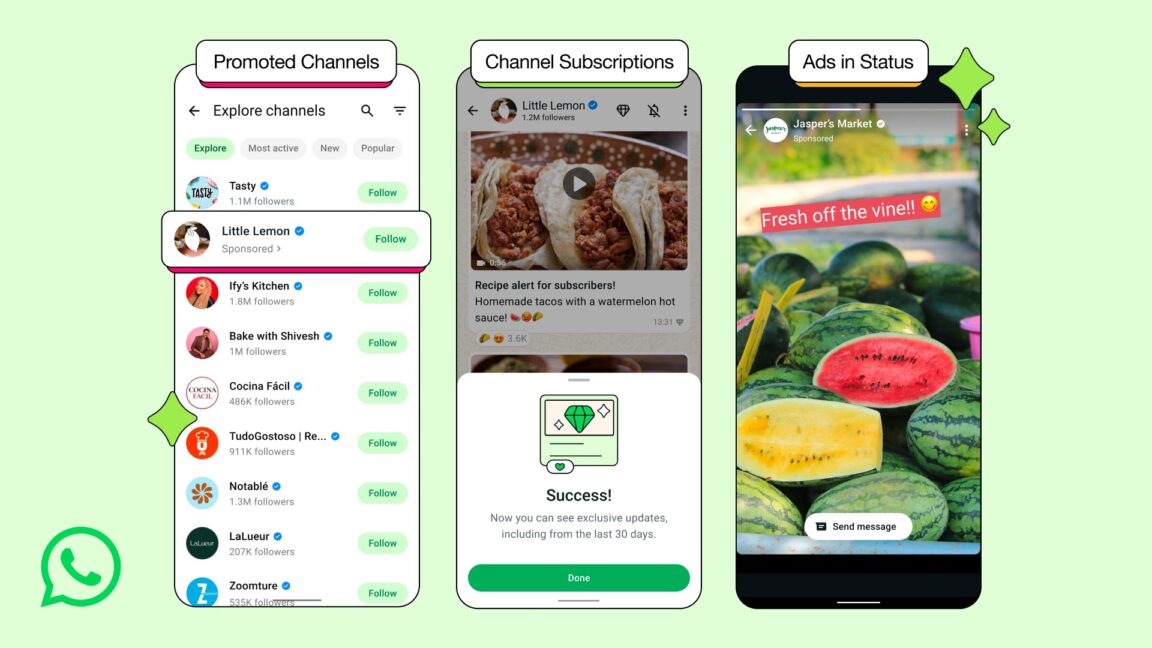For the first time since launching in 2009, WhatsApp will now show users advertisements. The ads are “rolling out gradually,” the company said.
For now, the ads will only appear on WhatsApp's Updates tab, where users can update their status and access channels or groups targeting specific interests they may want to follow. In its announcement of the ads, parent company Meta claimed that placing ads under Updates means that the ads won’t “interrupt personal chats.”
Meta said that 1.5 billion people use the Updates tab daily. However, if you exclusively use WhatsApp for direct messages and personal group chats, you could avoid ever seeing ads.
“Now the Updates tab is going to be able to help Channel admins, organizations, and businesses build and grow,” Meta’s announcement said.
WhatsApp users will see three different types of ads on their messaging app. One is through the tab’s Status section, where users typically share photos, videos, voice notes, and/or text with their friends that disappear after 24 hours. While scrolling through friends’ status updates, users will see status updates from advertisers and can send a message to the company about the offering that it is promoting.
There are also Promoted Channels: “For the first time, admins have a way to increase their Channel's visibility,” Meta said.
Finally, WhatsApp is allowing advertisers to charge users a monthly fee in order to “receive exclusive updates.” For example, people could subscribe to a cooking Channel and request alerts for new recipes.
In order to decide which ads users see, Meta says WhatsApp will leverage user information like their country code, age, their device’s language settings, and the user’s “general (not precise) location, like city or country.”



 Loading comments...
Loading comments...
